Schedule a Call Back
Micro-optics: The game-changer in optoelectronics market
 Technical Articles
Technical Articles- Oct 01,18

Related Stories

India's new machinery safety rules to affect over 150,000 manufacturers
The MSME sector, which contributes about 30% of India's GDP and over 45% of exports, is voicing concerns and seeking an extension of the deadline.
Read more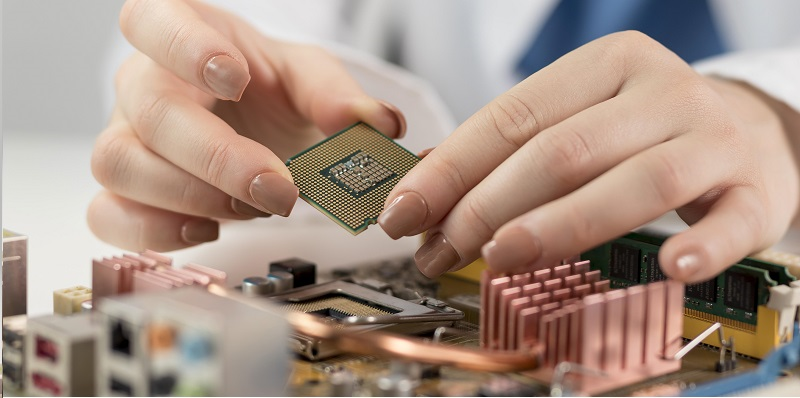
Eknath Shinde inaugurates Maharashtra's first semiconductor manufacturing unit
The plant would employ around 400 people and announced that RRP Electronics plans to invest an additional Rs 245.38 billion in the coming days.
Read more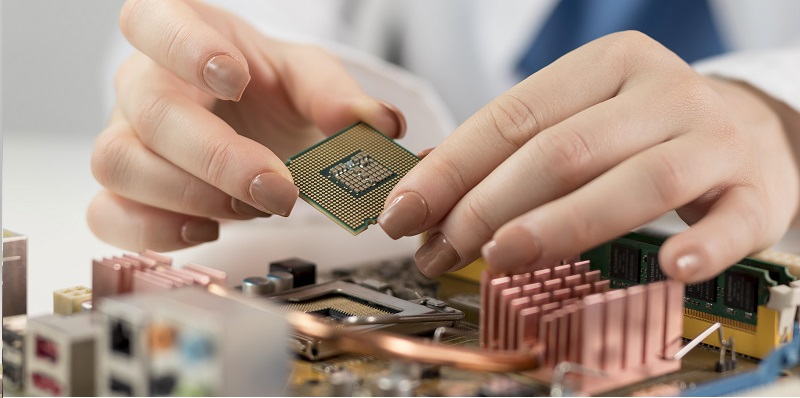
NXP Semiconductors to invest over $1 billion in India for R&D
The country's semiconductor market is projected to reach $63 billion by 2026.
Read moreRelated Products
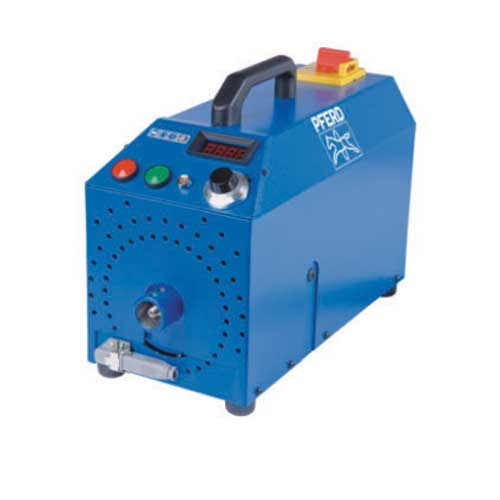
Flexible Shaft Drivesc
PFERD offers a wide range of flexible shaft drives ME22/150.
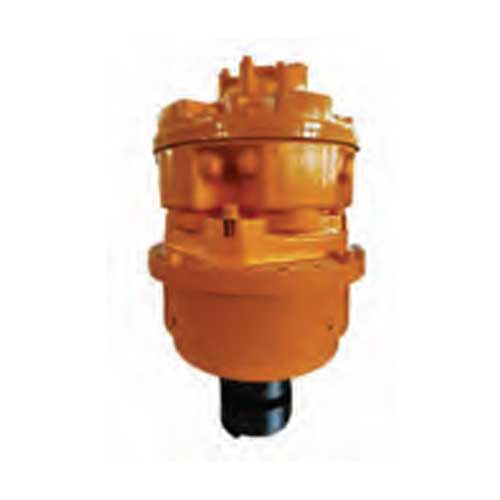
Hydraulic Transmission Drives
INI Hydraulic Co Ltd offers a wide range of Hydraulic Transmission Drives IY Series.
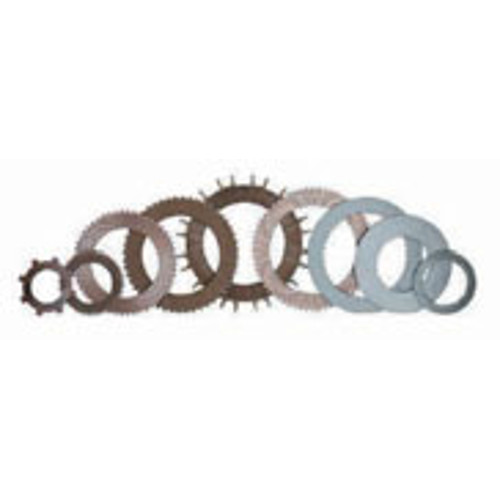
Transmission Discs And Steel Mating Plates
Friction Elements, an ISO 9001-2015 company, manufactures wide range of transmission discs & steel mating plates. These wet and dry friction materials such as sintered bronze, carbon, ceramic, grap Read more












